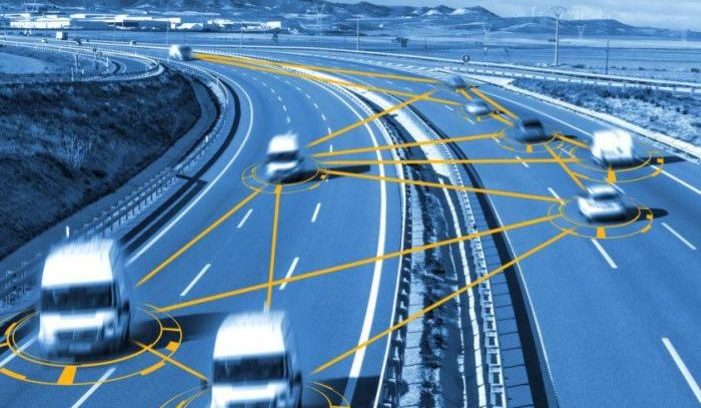SHARE
Autonomous Vehicle Technology: A Glimpse to the Future
Written by Can Akgün
Grupo Antolin, together with ennomotive, launched 3 challenges in May 2019 as part of the 1st wave of its open innovation program ANTOLIN iJUMP which came to a completion 73 solutions, five of which have been awarded: Petar Smiljanic, from Serbia, Can Akgün, from Turkey, Manuel Ortuño, from Spain, David Barron, from United States, and Cillian Hickey, from the UK.
In this article, Can Akgün talks about autonomous vehicle technology, the transformation of the automotive industry, and some predictions for the future.
The terms autonomous and autonomy entered our lives linked to transportation. It is pretty clear that this mobility trend will be part of our future life, even though it has not completely overcome yet the complexities and concerns it faces today. When electrification was added, both industry-leading companies, decision-makers, and investors had to make some extreme decisions to carry out the transformation and survive in this process.
One of the biggest concerns attached to the autonomous vehicle technology trend is the disappearance of some traditional sectors and the decrease in business areas, just like what happened during the industrialization times. In fact, the transformation of labor-intensive sectors to technology-intensive sectors and the problems it entails are still a discussion topic that may never be solved.
However, there are also positive elements of autonomous cars. An autonomous vehicle can pick you up at any time from anywhere you want and take you to your destination while you work on your business or relax while traveling. Besides, disabled and blind individuals can easily travel with autonomous vehicles, making transportation much more accessible than today.
In terms of statistics, the patents obtained by industry-leading suppliers and manufacturers were approximately 40 in 1986. This number increased to around 700 in 2013 and reached 5840 in 2019. Since 2009, when Google launched the first autonomous vehicle, with dozens of detection devices, many different technological devices have been designed and tested: short-range (0.5 to 20 meters), medium-range, and long-range (10 to 250 meters) radars, lidars, visionary and environmental detection systems like cameras, sensors, DSRC, etc.
Today, autonomous driving has brought great changes in the sector and to investments. It is expected that autonomous vehicles will save a total of 600,000 lives in the world between the years 2035 and 2045 in the future, thanks to the high level of security it will provide. In 2040, 20 years from now, only in the US, the annual sales of autonomous vehicles are expected to reach 33 million. Again in the United States, in 2040, more than half of the vehicles on the roads are expected to be autonomous.
Will all these developments and breakthroughs take place only in the automotive sector? Will autonomous technology only be implemented into road vehicles? How about airplanes, ships, drones, space shuttles, and space tourism vehicles, robots and etc? Developments in artificial intelligence, machine learning, nano, and micro nanotechnology, etc. will be supported by autonomous technology and will hopefully be the driving force behind the development of different transfer and transportation vehicles.
The term Autonomously Connected Transportation (ACT) will most likely be one of the biggest and most important developments in future transportation. Thanks to ACT and high-speed transportation, far and even off-ocean transportation will become very easy and convenient. Planned journeys will allow people to travel by land, sea or air with minimal fatigue and personal planning, thanks to a single intelligence and its components. With an integrated inter-connected and platooned booking logic, we will be offered several travel opportunities through the best routes.
While there are 1.2 billion terrestrial vehicles, 80,000 aircraft, 100,000 marine vehicles, and 1.2 million kilometers of railway networks all over the world, the autonomous connection of all these transportation vehicles at the same time will be the start of a new age in transportation.
Tell us your predictions for the future of autonomous vehicle technology and explore what ennomotive has to offer.
Join the ennomotive community